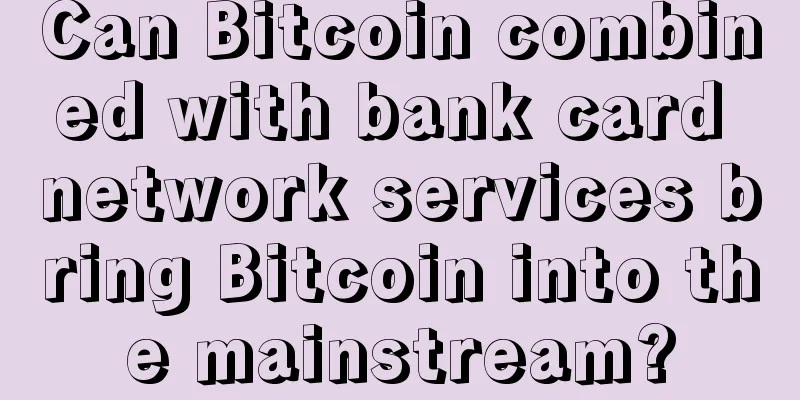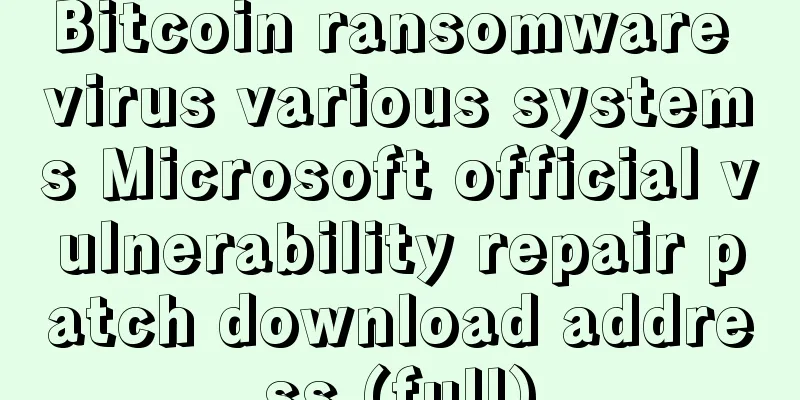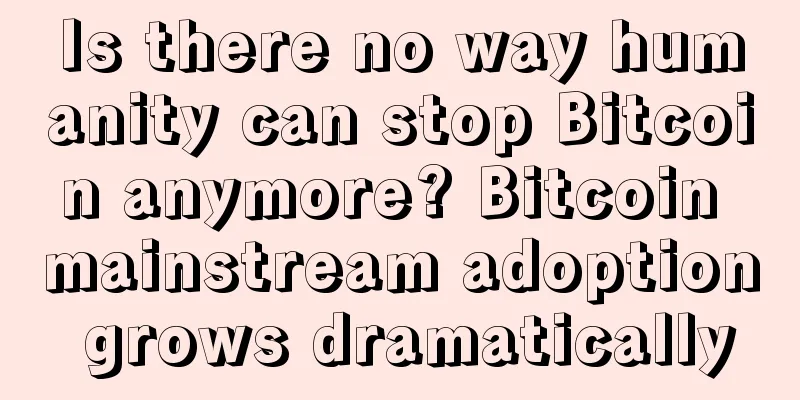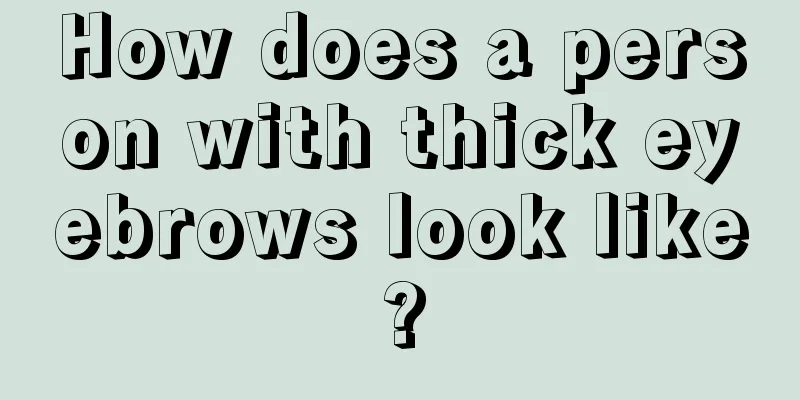Can Bitcoin combined with bank card network services bring Bitcoin into the mainstream?

|
The number of active Bitcoin wallets and daily transaction volumes has grown dramatically over the past few years, but there are still many people who have not used Bitcoin (according to a recent survey by Goldman Sachs). It is undisputed that Bitcoin’s adoption curve is faster than that of the Internet, but slower than that of mobile phones. The Internet has been around for many years, but it didn’t really take off until the network started to grow and network effects emerged. Mobile phone adoption has been much more rapid, mainly because users do not need new networks. From the beginning mobile phones have interoperated with traditional telecommunication networks (e.g. landline). To date, the Bitcoin industry has focused on creating new distributed network applications such as mining, storage, trading, and commercial commerce. Clearly, efforts to promote Bitcoin into the mainstream market have not been very effective. None of the top 100 merchants in the world accept Bitcoin. In fact, according to CoinDesk’s recent Bitcoin Quarterly Report, 100,000 merchants accept Bitcoin payments, which is only 0.3% of the number of bank card payments. Despite the low base fees associated with it and the availability of funded payment processors like Coinbase and Bitpay to facilitate it, Bitcoin usage has not grown rapidly. If Bitcoin can’t be used at most merchants, it won’t gain widespread adoption. Electronic payment giants such as American Express, Discover Card and 99.9% of the world’s population doesn’t have Bitcoin, and why would they have it if they can’t easily use it? Crossing the ChasmIn order for Bitcoin to be widely used, merchants must first accept Bitcoin. When Bitcoin can be used to buy groceries and pay bills, it will be accepted by the public. Then, it will have its place. Therefore, it is time to consider interoperability and integrate Bitcoin with existing debit card networks. By connecting Bitcoin to these networks, consumers can gain instant access to 28 million merchants around the world. “The card business is going to be a critical point for bitcoin companies, especially if they want to be a long-term product.” Users don’t need new apps or purchases, and merchants don’t need to spend money on new solutions. When users can spend Bitcoin anytime, anywhere, the adoption curve will rise rapidly. However, issuing debit cards is not an easy task. Virtually all banks outsource their bank card business to professionals. Moreover, regulatory regulations vary from country to country. Many Bitcoin businesses are multinational in nature, and launching a bank card business is risky. Many attempts have been stopped due to lack of compliance, and some well-funded companies have made the mistake of bringing bank card business to the market too high-profile. You probably don’t want bankers to start installing wallets and mining, and similarly, we don’t want Bitcoin businesses to only do card business within the industry. Of course, you can take advantage of some outsourcing services that have experience in managing chargebacks, fraud prevention, know your customer, anti-money laundering, rate limiting and risk management. The Bitcoin debit card business is still non-compliant, many procedures are unapproved, the survival time is short, and these companies have no experience in compliance. Huge potentialBitcoin and blockchain technology have the potential to be the greatest financial and technological innovation of all time. Just like the Internet before, it took many years before the core technology was transformed into a large number of applications and facilitated our daily lives. Although mass adoption of Bitcoin and blockchain may still be several years away, if Bitcoin can be used for everyday payments, it will increase its potential value and accelerate its diffusion. As businesses work to develop end-to-end solutions for blockchain and Bitcoin, debit cards will have a direct impact on the expansion of Bitcoin adoption. |
<<: Introduction to Digital Tokens
Recommend
Lawyers talk about the current situation, causes and subsequent events of FTX victims in Taiwan
Note: The author has no commercial relationship w...
Nose fortune telling: What does a high nose bridge on a woman mean?
Nose fortune telling: What does a high nose bridg...
What are the characteristics of the face of a criminal who is imprisoned?
Nowadays, more and more people have bad ideas. Th...
How to judge your fortune by looking at your nose
In physiognomy, we can judge a person's fortu...
Myanmar’s Mijin blockchain completes microcredit data transmission test
Rage Review : Myanmar may become one of the first...
What is the fortune of a woman with a mole in her eyelashes?
A woman with a mole can add a touch of charm to h...
How to judge marriage based on a woman's facial features
It is often said that marriage is a woman's s...
What is a rebellious person in terms of face reading? Is the rebellious person's character good or bad?
In physiognomy training, we will talk about the t...
Which face has the best luck?
Which face has the best luck? Everyone's faci...
I think I have a very humorous face
There is a kind of beauty, which is that your boy...
Your Eyelids Reveal Your View on Love
Your Eyelids Reveal Your View on Love Eyes are th...
Do girls with beauty moles have good fortune? What does a beauty mole represent?
Generally, moles on girls' faces are consider...
Bitmain and Bikan jointly held the Georgia Global Mining Summit to focus on the development of the blockchain industry
In the past decade, the global encrypted digital ...
What is the fortune of a woman with connected eyebrows? What does it mean when a woman's eyebrows are connected?
Women with connected eyebrows are delicate and th...
What does a mole on a man's forehead mean?
1. In physiognomy, the area between the two eyebr...









